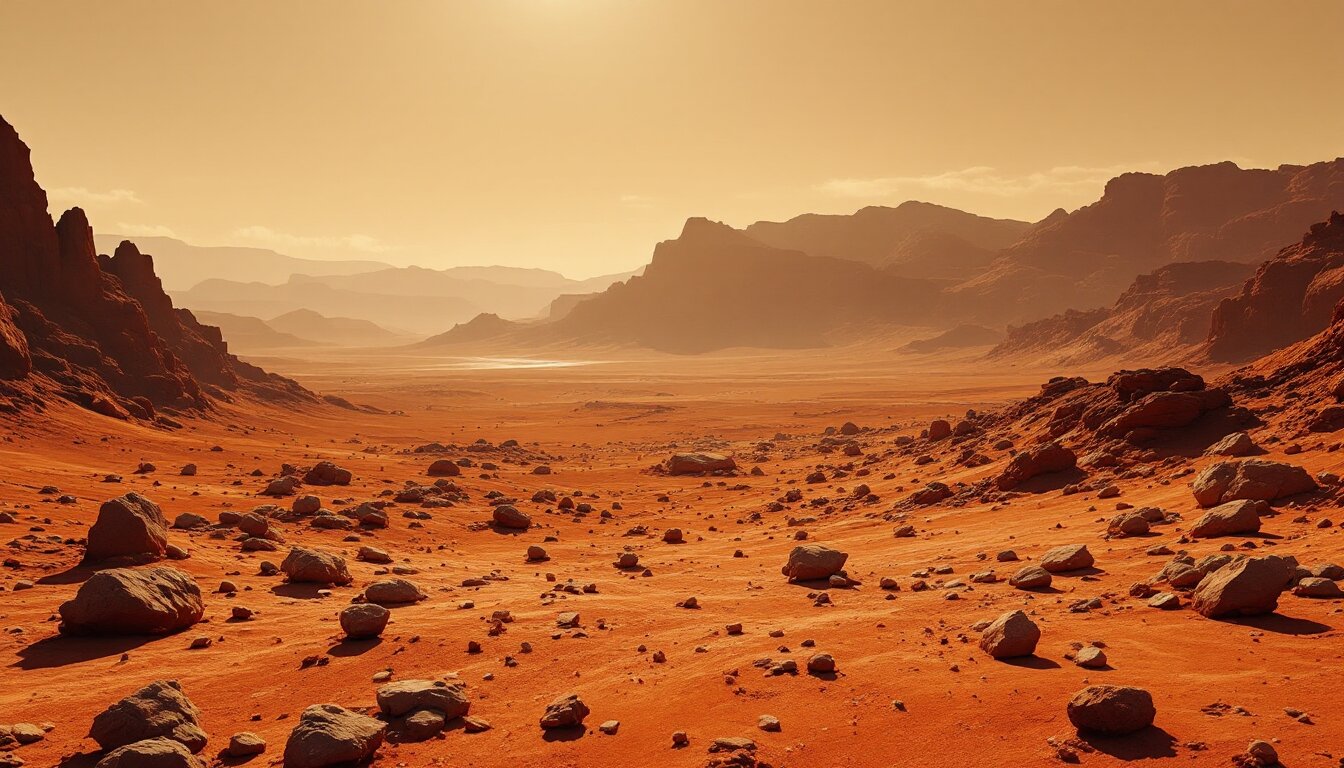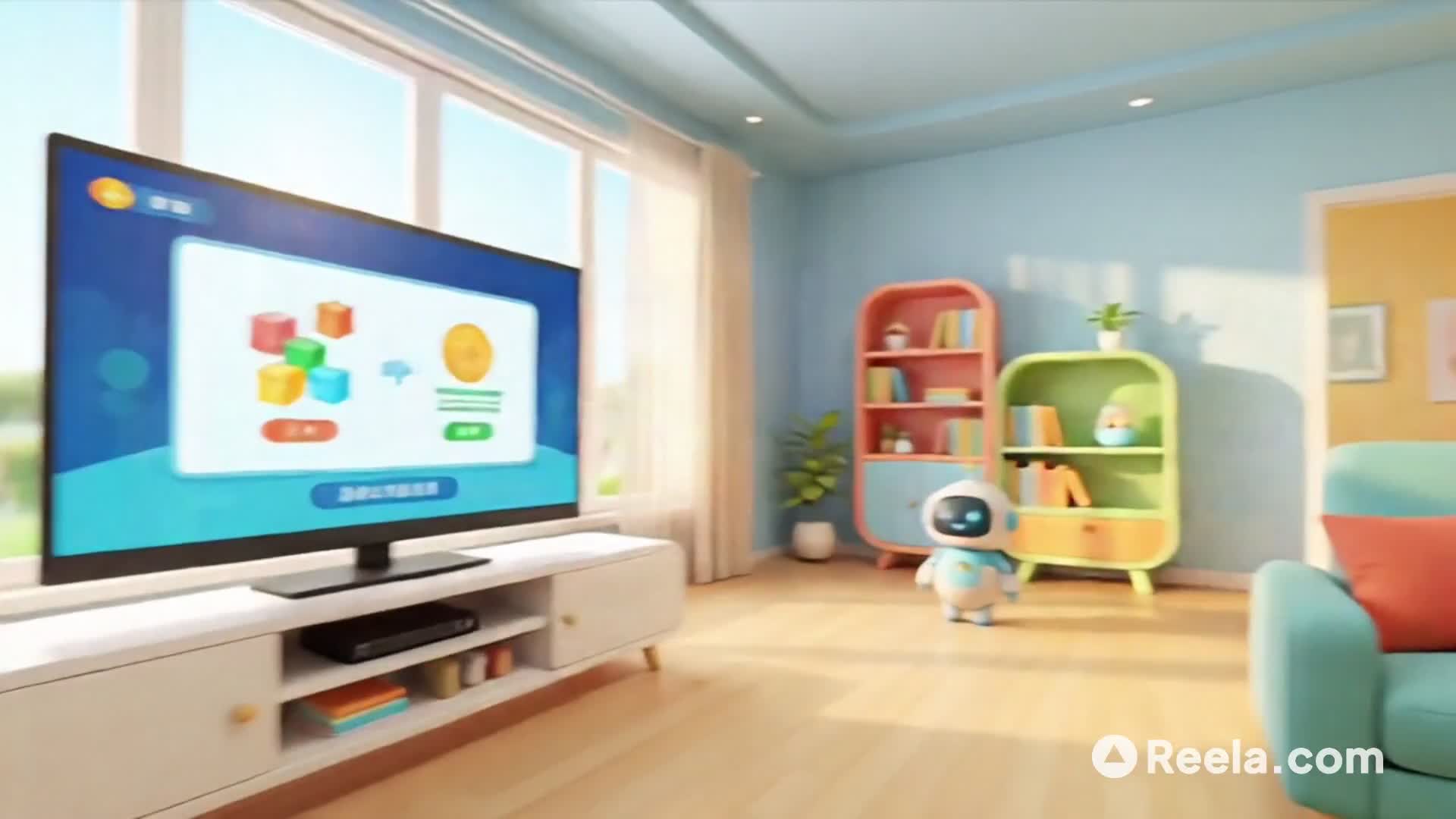Mars: The Red Planet Revealed
Journey to our fascinating planetary neighbor in this BBC-style documentary exploring Mars' unique environment, extreme conditions and scientific importance. #Space #Mars #Science #Astronomy
Mars: The Red Planet Revealed
Mars—an enigma in the cold expanse of our solar system. Veiled in rust-red dust and roiling storms, this fourth planet from the Sun has fascinated humanity for centuries. But what lies beneath its striking surface? What makes Mars so uniquely captivating?
In our latest journey into the cosmos, we offer a 90-second exploration of Mars in stunning cinematic detail, styled after the iconic BBC Earth documentaries. From its evocative landscapes to cutting-edge scientific discoveries, this expedition peels back the layers of the Red Planet.
Chapter 1: "The Red World"
Mars, our cosmic neighbor, may be over half the size of Earth, yet its influence on the human imagination is immense. From orbit, the planet reveals a haunting beauty: sprawling canyons, polar caps of frozen carbon dioxide, and a surface cloaked in iron oxide—the source of its iconic reddish hue. This chapter highlights the alien, yet strangely familiar, features of this world, capturing side-by-side comparisons against Earth and offering visual insights into its geology and planetary characteristics.
Chapter 2: "Extreme Environment"
Life on Mars? Not likely—at least for now. This barren wilderness is one of nature's harshest labs. With an atmosphere just 1% as dense as Earth’s and composed largely of carbon dioxide, Mars offers little defense against the Sun’s unforgiving radiation. Daytime temperatures flirt briefly with a survivable 20°C near the equator but plunge to a bone-chilling -125°C at the poles come nightfall. Planet-sized dust storms sweep its surface, masking it in a haze of chaos for months at a time. This chapter navigates through Mars' climate extremes, leaving us in awe of its sheer hostility.
Chapter 3: "Scientific Frontier"
Why do we continue to gaze longingly at this distant world? Mars is a time capsule of planetary evolution. It is here that oceans and rivers once existed, cradling the hope of life. Today, rovers like Perseverance and Curiosity scour its surface, uncovering secrets locked in its rocky terrain. Advances in technology paint a picture of a world once teeming with geological activity—and perhaps even microbial life. With each discovery, Mars becomes more than just a planet; it becomes a mirror into Earth's past and a possibility for its future.
From its scarlet skies to its extraordinary scientific value, Mars intrigues and inspires. Through this documentary, we invite you not only to witness its stark beauty but to join the quest for knowledge that fuels humanity’s exploration of the unknown. Will Mars reveal the keys to the mysteries of our solar system—or even the origins of life itself?
Take a journey through the Red Planet’s past, present, and future, and emerge with an appreciation for the enduring wonder of space exploration.
Watch now and rediscover Mars—our celestial companion in the dance of the cosmos.











Tip: Use this prompt in Reela'sAI Video Generator to easily create your own unique version in minutes.






